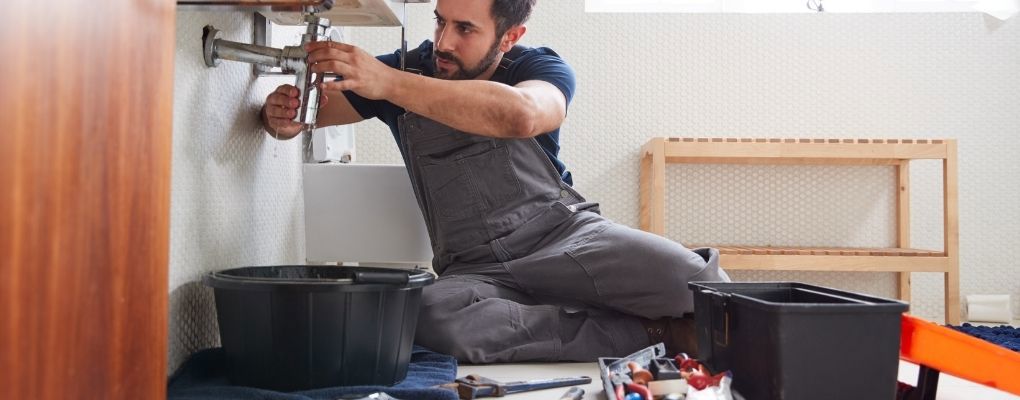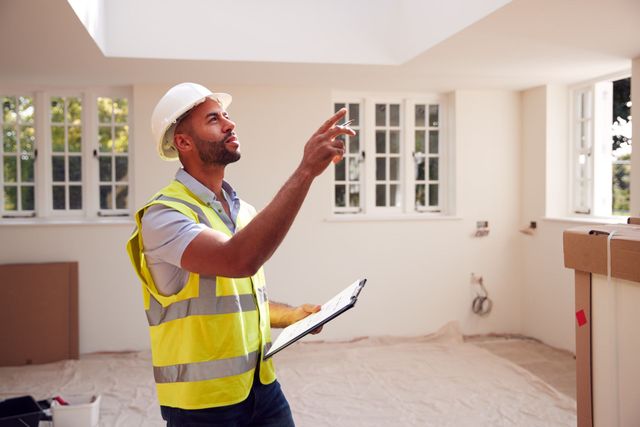Troubleshooting Plumbing Issues in Rental Properties: A Step-by-Step Guide
Troubleshooting Plumbing Issues in Rental Properties: A Step-by-Step Guide
Blog Article
This post following next in relation to Plumbing Maintenance Guide for Tenants is unquestionably stimulating. You should keep reading.

Managing pipes concerns in rental residential or commercial properties successfully is crucial for preserving lessee satisfaction and maintaining the property's value. Whether you're a property manager or a property manager, understanding exactly how to resolve these common problems can save you time and money while making sure conformity with lawful duties. Here's a step-by-step guide on exactly how to manage pipes concerns in rental properties.
Establish Clear Communication
Encourage renters to report any plumbing issues as soon as they occur. Offer multiple communication channels such as phone, email, or a renter portal to make it easy for them to reach out. Trigger reactions to these reports can avoid minor issues from escalating into significant troubles.
Enlighten Lessees
Enlighten your occupants regarding what makes up a plumbing emergency and what does not. Provide guidelines on just how to take care of small concerns themselves, such as utilizing a plunger to unclog a toilet. Additionally, educate them regarding what they ought to avoid taking down drains pipes to avoid clogs, such as grease, coffee premises, and non-biodegradable products.
Routine Maintenance
Apply a regular upkeep routine for all plumbing systems in your service residential properties. Routine checks can help recognize and settle problems like leaks, slow-moving drains pipes, or corroded pipelines before they become significant. Think about hiring a specialist plumbing professional to check the homes annually or semi-annually.
Quick Feedback to Emergencies
Have a strategy in position for responding to pipes emergencies. This need to include having the call info of reliable pipes services that use 24/7 emergency situation fixings. Quick activity is necessary to decrease damage in scenarios like burst pipelines or severe leakages.
Document Whatever
Keep in-depth records of all reported pipes concerns and the actions required to fix them. Documents ought to include dates, summaries of the problem, interaction with occupants, and invoices from professionals or plumbings. This details can be important for insurance coverage cases, tax obligation deductions, and legal security.
Use Qualified Professionals
Always utilize certified and insured experts for considerable pipes repair services and setups. This makes sure that the work depends on code and can assist prevent responsibility concerns in case of accidents or further damages. It also comforts occupants that repair work are being dealt with professionally.
Understand Legal Obligations
Be aware of your lawful responsibilities pertaining to pipes and basic building maintenance. A lot of jurisdictions need property owners to guarantee their residential properties are habitable and that all plumbing systems remain in good working order. Failing to attend to major concerns without delay can bring about lawsuits from tenants.
Tenant Repayments
If a pipes issue requires prompt attention and the lessee deals with the concern on their own, have a clear policy in place for compensating costs. Ensure occupants understand they need to obtain previous authorization for higher-cost repair services unless it's an absolute emergency.
Preventive Upgrades
Think about updating older plumbing systems and components to more contemporary, effective versions. This can decrease the regularity and seriousness of pipes issues and reduced long-term maintenance prices. It's also a marketing factor for potential occupants who value upgrades and contemporary attributes.
Tenant Move-Out Inspections
Conduct complete plumbing checks during move-out examinations to make certain that any type of issues are determined and resolved before a new occupant relocate. This prevents conflicts with brand-new tenants over pre-existing conditions and makes sure the property is in top problem.
Final thought
Handling plumbing problems in rental buildings requires a proactive technique and excellent interaction with tenants. By staying on top of maintenance, responding quickly to emergency situations, and making use of professional professionals, property owners can keep their homes in exceptional problem and preserve great connections with occupants.
How to Handle Water Damage in a Rental Property
What is Water Damage?
Water damage is harm or destruction caused by water entering areas where it is not supposed to be. It can be caused by a variety of sources and can manifest in different ways. The most common examples of water damage include:
Leaking roof Plumbing leaks Appliance malfunctions Poor drainage Flooding Sewage backup Condensation Tenant negligence HVAC system issues Frozen pipes Is water damage dangerous?
Water damage itself is not inherently dangerous, but it can lead to various hazards and health risks if not promptly and properly addressed. The severity of these risks depends on the extent of the water damage, the source of the water, and how quickly it is mitigated.
Some potential dangers associated with water damage include structural damage, mold and bacterial growth, electrical hazards, water contamination, and pest infestations. In situations where mold and mildew have gone unaddressed, mold can start to develop within 24-48 hours of water exposure, and this can impose a serious health risk to tenants. In particular, mold spores and damp conditions can lead to respiratory issues and even make existing health problems worse, such as allergies, asthma, or immune disorders.
Water Damage in an Apartment - Who is Responsible?
If the water damage is caused by the tenant’s negligence, the tenant is responsible for the cost of repairs. If the water damage is caused by a defect in the property, the landlord is responsible for the cost of repairs. If the water damage is a result of natural causes, such as excessive rain, then the landlord is responsible, since the water intrusion likely occurred due to a defect in the property. Landlord Responsibility water damage in rental property
Since maintaining habitability is the landlord’s legal responsibility, landlords are responsible for any resulting structural damage caused by water damage. These structural damages may include damage to walls, roofs, ceilings, and flooring. If water damage has affected the rental property’s original structure, the landlord is responsible for repairing or replacing those materials. Therefore, landlords should have property insurance that covers the structural components of their rental property so that they can receive help with the costs of covered events.
Preventative measures can also help landlords avoid massive renovations. Preventative maintenance may include conducting regular inspections to identify and address potential water damage before it becomes a major and urgent problem.
If a landlord fails to meet their responsibilities regarding water damage, it can lead to legal disputes and potential liability. Tenants who believe their landlord is not addressing water damage issues in accordance with California law can seek legal advice or contact local housing authorities for assistance.
https://www.goodlifemgmt.com/blog/water-damage-in-a-rental-property/

We are very eager about How to Handle Plumbing Issues in Rental Properties and I'm hoping you enjoyed our article. Make sure you take the time to promote this entry if you appreciated it. Thank-you for your time invested reading it.
Report this page